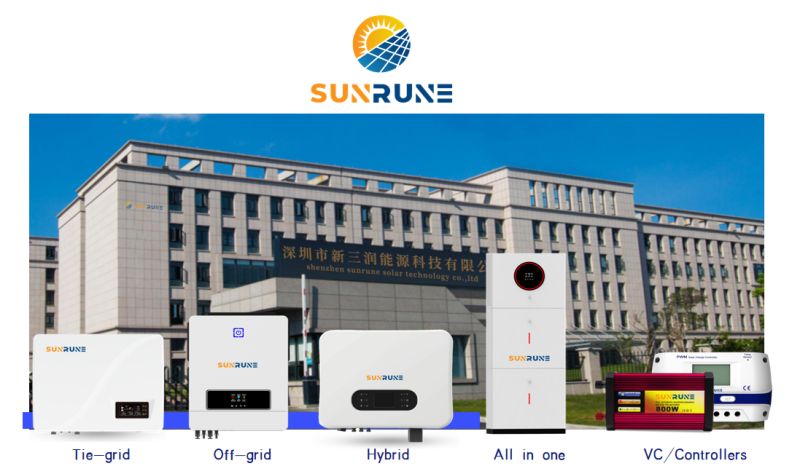
Grid-tie, also known as grid-tied inverters or utility-interactive inverters, play a vital role in facilitating the integration of renewable energy into the existing grid. Their innovative technology efficiently converts direct current (DC) generated by renewable energy systems such as solar panels or wind turbines into alternating current (AC) that can be fed back to the grid.
The basic working principle of a grid-tied inverter revolves around the synchronization of the generated power with the frequency and voltage of the grid. This synchronization is critical to ensuring a seamless injection of renewable energy into the grid, effectively turning homes and businesses into small power plants. Let’s take a closer look at the stages and components involved in this innovation process.
1. DC to AC conversion: The first stage of grid-connected inverter operation is to convert the DC power generated by renewable energy into AC power. This is achieved through electronic circuits that utilize high-frequency switching to convert power and generate sine waves similar to grid frequency.
2. Maximum Power Point Tracking (MPPT): For solar photovoltaic systems, MPPT technology is used to optimize the power output of the panels. The MPPT algorithm tracks the maximum power point of the solar panels, ensuring the inverter operates at maximum efficiency even under varying sunlight conditions.
3. Synchronization with grid parameters: Once the DC power is converted into AC power, the grid-connected inverter synchronizes the frequency and voltage of the generated AC power with the grid parameters. This is achieved through advanced control algorithms that continuously monitor the frequency and voltage of the grid and adjust the inverter output accordingly.
4. Anti-islanding protection: Grid-connected inverters are equipped with an anti-islanding protection mechanism to prevent power injection into the grid during grid faults or maintenance activities. These measures isolate the inverter from the grid, avoid potential hazards such as feedback, and ensure the safety of utility workers.
5. Power quality and reactive power control: Grid-connected inverters can also maintain power quality by actively controlling reactive power, voltage and harmonics. They can inject or absorb reactive power to compensate for voltage fluctuations and enhance the stability and reliability of the grid.
6. Grid feed-in: Once the grid-tied inverter is synchronized with the grid and ensures compliance with all technical requirements, the converted AC power is fed back to the grid. This power can be used by nearby consumers or transmitted to distant locations through existing transmission infrastructure.
The working principle of grid-tied inverters revolutionizes the way renewable energy systems are integrated into the grid. The technology enables the seamless adoption of solar, wind and other renewable energy sources at scale, reducing dependence on fossil fuels and reducing greenhouse gas emissions. Furthermore, grid-tied inverters offer homeowners and businesses the opportunity to become active participants in the energy transition, contributing to a greener and sustainable future.
In summary, grid-tied inverters are the key link between renewable energy systems and the grid. Its efficient DC to AC conversion, synchronization with grid parameters and anti-islanding protection ensure safe and reliable integration of renewable energy into existing infrastructure. As grid-connected inverter technology continues to advance, the shift to a cleaner, more sustainable energy landscape has become a reality.
Post time: Oct-13-2023